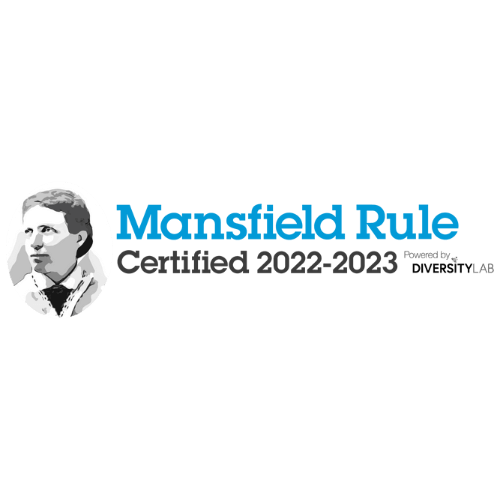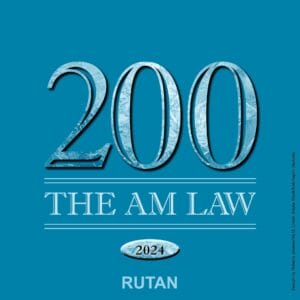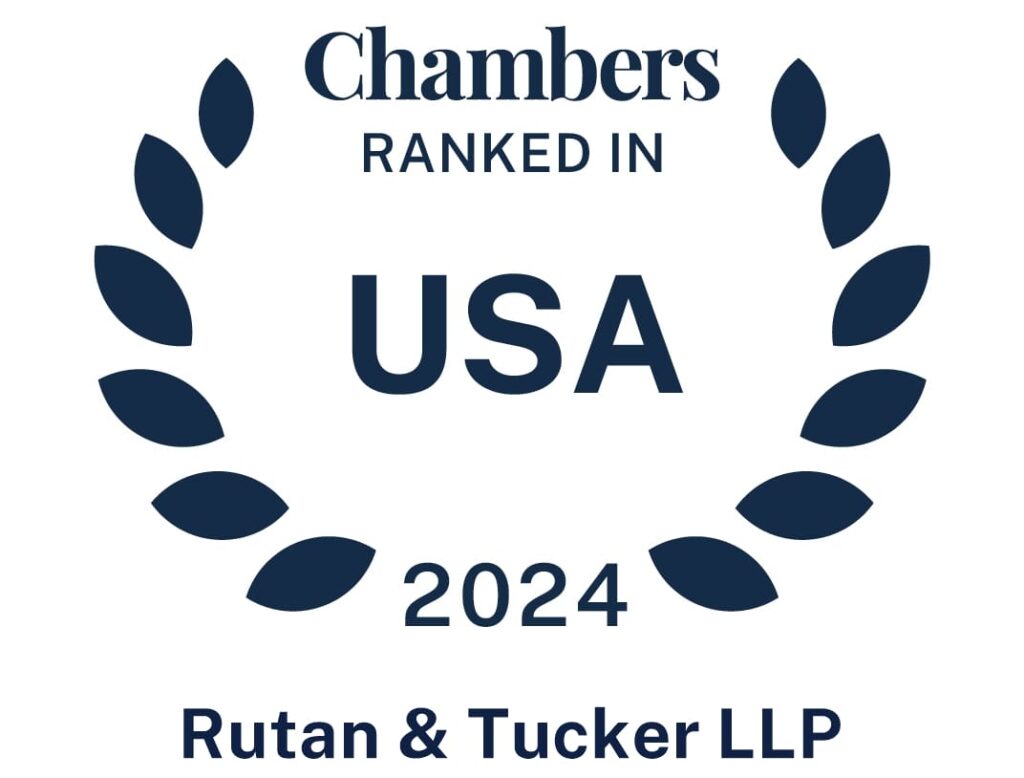Public-private partnerships (P3s) are increasingly being used to take on large highway projects like Arizona’s $2 billion Loop 202 South Mountain Freeway project, which, according to Arizona Department of Transportation officials, will be delivered three years ahead of schedule, largely due to the P3 design team.
William Eliopoulos, partner at Rutan & Tucker told Constructive Dive that P3 projects are gaining in popularity because, when executed right, they can be a win-win for both sides. The private side can be rewarded with long-term revenue from tolls or user fees via decades-long maintenance and operation contracts and simply benefit from being part of a consortium working on a massive project that would have been difficult to handle solo.
The public agency benefits by being able to shift risk to the private sector, leverage limited cash across many capital programs and take advantage of the cutting-edge technology and capacity for innovation that private companies have developed.
The push for P3s is also reflected in state laws. According to the National Council for Public-Private Partnerships, 37 states and Washington, DC, had enacted some sort of legislation, as of January 2017, allowing P3s to be used on transportation projects, social infrastructure or both.
So why do some states still limit their use or resist P3s altogether?
“The main hesitation is that they don’t have experience implementing the P3 method of procurement,” said Eliopoulos. “As public sector agencies … develop more experience and expertise with this new method, they will develop standardized legal procurement processes and forms and use it more.”



